



For most domestic applications, a machine with a rating between 1300 to 2000 PSI (pounds per square inch) provides ample strength, while ensuring versatility for tasks such as washing vehicles, cleaning patios, or removing grime from outdoor furniture. Should your projects demand more vigorous cleaning, models exceeding 2000 PSI will cater to heavier jobs like removing stubborn paint or cleaning driveways.
Consider the flow rate as well; a minimum of 1.3 GPM (gallons per minute) strikes a balance between pressure and the ability to rinse effectively. This performance metric directly impacts the efficiency of your cleaning tasks, as higher flow rates allow for faster completion and better dirt removal.
When assessing a specific device, examine its wattage as well. For electric machines, look for specifications around 1500 to 1800 watts for optimal performance without risking overheating. If you’re leaning towards petrol alternatives, around 5 to 7 horsepower will typically suffice for most regular use.
In conclusion, aligning pressure, flow rate, and power ratings with your intended application ensures you invest in the right equipment that will meet your cleaning demands without overspending on capabilities you may not utilise.
Required Output for a Cleaning Unit
For residential tasks, a unit producing between 1300 to 2000 PSI (pounds per square inch) is typically sufficient. This range works well for common cleaning chores such as patios, driveways, and vehicles. Opting within this spectrum ensures efficiency without risking damage to surfaces.
For more demanding jobs, such as stripping paint or cleaning heavy-duty machinery, look for a device that offers 2500 to 3000 PSI. This level addresses tough grime effectively while maintaining operational simplicity.
When considering flow rate, aim for at least 1.5 to 2.5 GPM (gallons per minute). Higher flow rates mean faster cleaning as water reaches surfaces more readily, reducing the time needed for completion. Ensure the selected model aligns with your expected tasks; heavier projects benefit from increased water output.
Electric models typically operate quietly and are lightweight, making them ideal for moderate duties. Conversely, gas-powered options deliver higher output, beneficial for extensive outdoor tasks or more stubborn residues.
Keep in mind that attachments, such as nozzles and brushes, enhance versatility. Selecting the right accessories can maximise efficiency and adapt to a range of surfaces. Invest time in verifying that your chosen unit can accommodate compatible tools, enhancing its overall utility.
Don’t overlook the importance of design and manoeuvrability. Units with robust wheels and a comfortable frame simplify transport between locations, leading to a more pleasant cleaning experience.
Understanding Pressure Washer Ratings
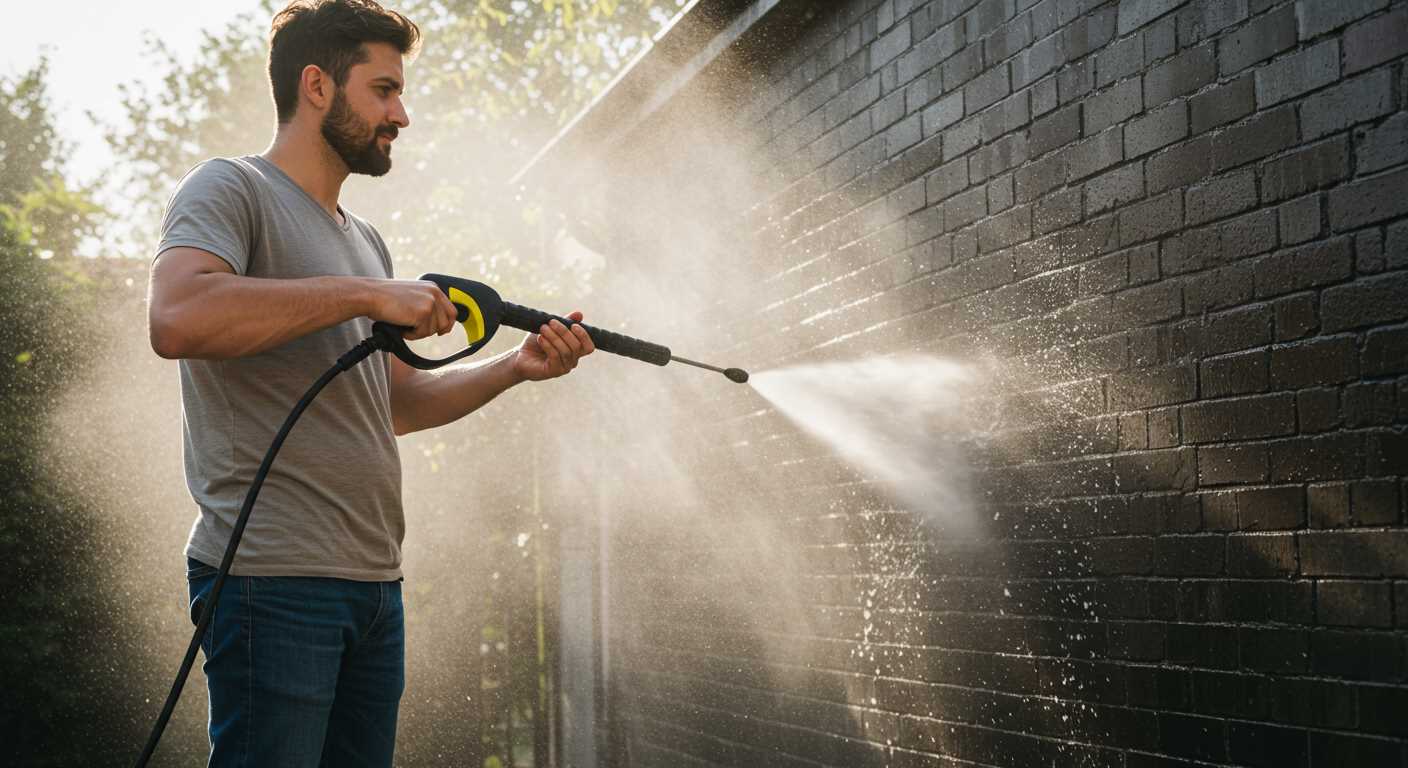
The performance of these machines is gauged through two primary ratings: PSI (pounds per square inch) and GPM (gallons per minute). Understanding these figures can directly influence your selection process.
PSI indicates the pressure exerted by the water stream. Here’s a breakdown of common PSI ranges:
- Up to 1,300 PSI: Suitable for lighter tasks such as cleaning bicycles and patio furniture.
- 1,300 – 2,300 PSI: Ideal for household jobs like driveways and siding.
- 2,300 – 3,000 PSI: Effective for removing tough grime from concrete and heavy machinery.
- 3,000 PSI and above: Best for commercial uses, such as graffiti removal and industrial equipment cleaning.
GPM measures the water flow rate. Higher GPM provides quicker cleaning by dispersing more water:
- Up to 1.5 GPM: Suitable for light cleaning tasks.
- 1.5 – 2.5 GPM: Best for general household applications.
- 2.5 GPM and above: Recommended for heavy-duty cleaning tasks.
Choosing a unit with a balance of PSI and GPM is vital. A machine with high pressure but low flow may struggle to remove dirt effectively, while a machine with high flow but insufficient pressure may not provide the necessary force to tackle stubborn spots. I advise looking for options that align with your specific cleaning tasks.
Also, consider the cleaning unit’s Rating (CU), calculated as PSI multiplied by GPM. This composite number helps in comparing different models:
- Low CU (up to 3,000): Adequate for light to medium tasks.
- Medium CU (3,000 – 5,000): Suitable for regular household cleaning.
- High CU (5,000 and above): Ideal for heavy-duty and commercial applications.
Additionally, the type of nozzle you choose can further impact your machine’s efficiency. Nozzles vary in degrees, with lower angles delivering more force and higher angles providing a broader spray pattern. Select accordingly based on tasks needing precision or coverage.
Finally, always check the warranty and feature availability. Knowing the duration and coverage may save you from future inconveniences.
Choosing Between Electric and Petrol Models
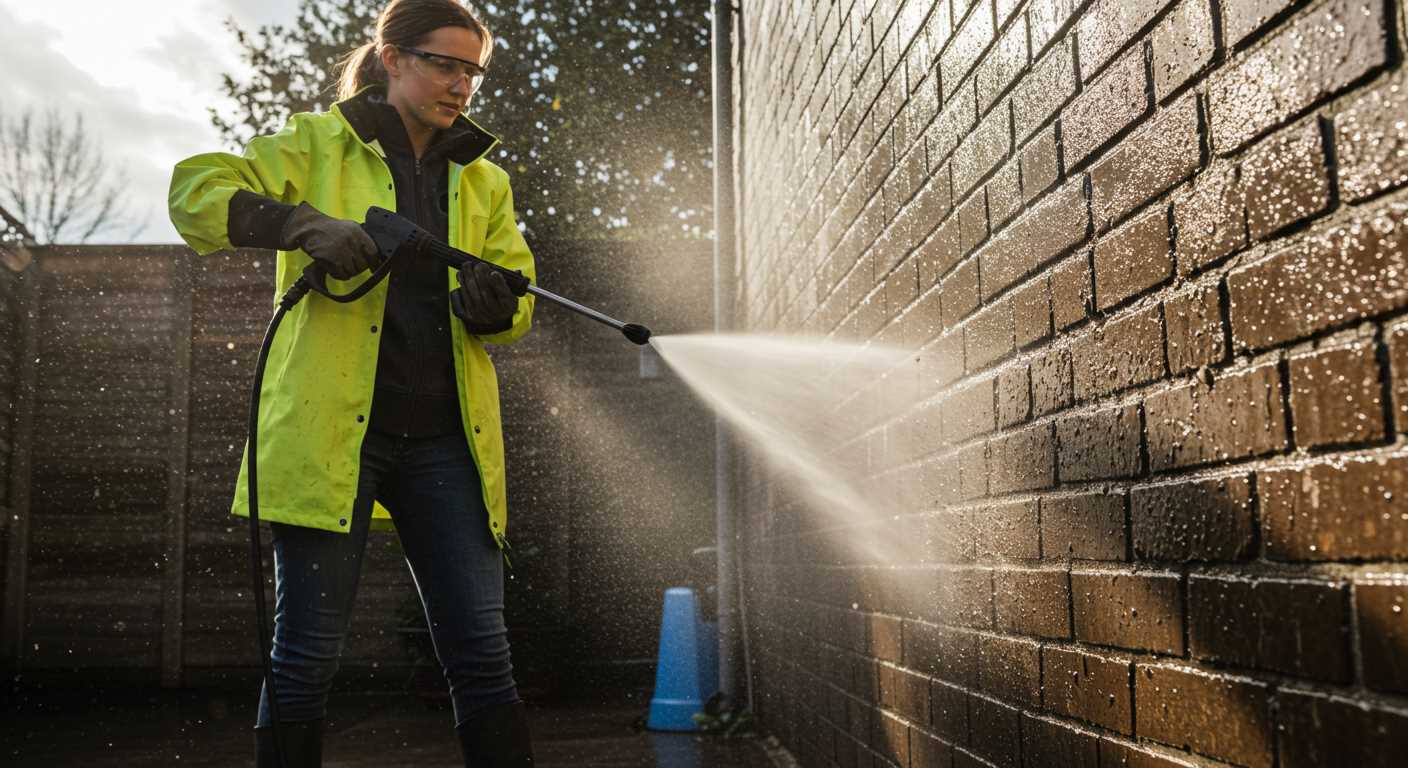
For homeowners seeking a reliable cleaning solution, opting for an electric model is often more convenient. These units typically offer sufficient performance for small to medium tasks, such as cleaning patios, cars, or garden furniture.
- Quiet Operation: Electric engines operate quietly, making them suitable for residential areas where noise restrictions may apply.
- Ease of Use: Simply plug in, and you’re ready to go–no need for fuel or complicated start-up procedures.
- Lower Maintenance: With fewer moving parts, these devices require less upkeep compared to their petrol counterparts.
On the other hand, petrol models excel in high-demand situations. If tackling large areas, heavy-duty grime, or professional cleaning jobs, these machines hold significant advantages.
- Increased Mobility: Without the need for a power outlet, you can easily clean larger outdoor areas without limitations.
- Superior Performance: High pressure ratings and flow rates allow for quicker cleaning of tough surfaces.
- Versatility: Many petrol variants come equipped with various attachments, enhancing functionality.
In my experience, the best choice depends on your specific tasks. If you primarily handle household chores and value convenience, electric models will suit your needs. Should your work demand higher performance in challenging conditions, petrol options are unmatched.
Determining PSI and GPM Requirements for Your Tasks
To select the right equipment for your cleaning tasks, consider the two critical metrics: PSI (pounds per square inch) and GPM (gallons per minute). For light-duty jobs like washing vehicles or outdoor furniture, a model with 1,300 to 1,800 PSI and around 1.2 to 1.5 GPM suffices. This combination delivers adequate force while conserving water, making it perfect for delicate surfaces.
Medium-duty cleaning, such as patios or driveways, typically requires 1,800 to 2,800 PSI and 1.5 to 2.5 GPM. This range provides a suitable balance, ensuring that stubborn grime is effectively removed without damaging the surface underneath.
For heavy-duty applications, such as stripping paint or cleaning large commercial areas, opt for machines capable of 2,800 PSI or higher, with a GPM rating of 2.5 or more. This setup guarantees thorough cleaning on tough surfaces, tackling the toughest challenges with ease.
It’s also crucial to match the nozzle type with the task. A wider spray angle is ideal for gentle cleaning, while a narrow angle concentrates the force for tougher jobs. Adjusting these aspects of your sprayer optimises performance.
Ultimately, analysing the specific requirements of your tasks will lead to the best selection, ensuring efficiency and effectiveness in your cleaning efforts. Invest time in understanding these specifications to achieve the desired results without encountering disappointment or frustration.
Assessing Power Needs for Different Surfaces
For concrete and brick surfaces, opt for machines producing a minimum of 3000 PSI with a 2.5 GPM flow rate. These specifications ensure effective removal of tough dirt and grime.
Wooden decks require a gentler approach; select a unit with 1500-2000 PSI and 2 GPM. This power level prevents damage while still providing adequate cleaning. A rotating nozzle can enhance performance without compromising the wood.
For vehicles, aim for 1200-1900 PSI with a flow rate of around 1.5-2 GPM. Protect paintwork and delicate surfaces by keeping the nozzle at a safe distance during use.
When tackling vinyl siding, a pressure range of 1200-2000 PSI is suitable. A wider spray pattern ensures thorough cleaning without risking surface damage. Employing a low-pressure soap nozzle can also help loosen stubborn stains.
For outdoor furniture, a 1500-2000 PSI model works well. This level retains the integrity of materials while efficiently dislodging dirt. Using a fan spray pattern further protects sensitive finishes.
To summarise, different surfaces require specific cleaning strategies. Adjusting PSI and flow rates accordingly ensures efficiency while safeguarding materials. This tailored approach helps achieve optimal results without unnecessary risk to the surfaces being cleaned.
Impact of Nozzle Types on Pressure and Power

Select the right nozzle to optimise cleaning results and maintain efficiency. Each nozzle varies in shape and size, influencing water dispersion and force.
Generally, nozzles are classified by their spray angles, affecting surface impact and pressure application. Here’s a breakdown of common nozzle types and the implications for performance:
| Nozzle Type | Angle | Usage | Impact on Force |
|---|---|---|---|
| 0° (Red) | Straight Stream | High-pressure tasks (e.g. removing paint) | Concentrated force; highest pressure output |
| 15° (Yellow) | Narrow Fan | Heavy dirt on concrete or brick | Strong jet; high cleaning power |
| 25° (Green) | Medium Fan | General cleaning (vehicles, patios) | Balanced distribution; moderate pressure |
| 40° (White) | Wide Fan | Delicate surfaces (wood, vehicles) | Lower impact; reduces risk of damage |
| Soap Nozzle | Varies | Applying detergent | Designed for consistent soap application |
Utilising a narrower angle nozzle focuses energy on a small area, increasing pressure but reducing coverage. Conversely, wider angles disperse water, lowering pressure but enhancing cleaning area. Matching the right nozzle with your task ensures optimal efficacy.
Remember, while higher pressure sounds beneficial, it’s critical to consider the surface being cleaned. Using the incorrect nozzle can lead to damage. Always assess material compatibility before proceeding.
Calculating Power Consumption for Extended Use
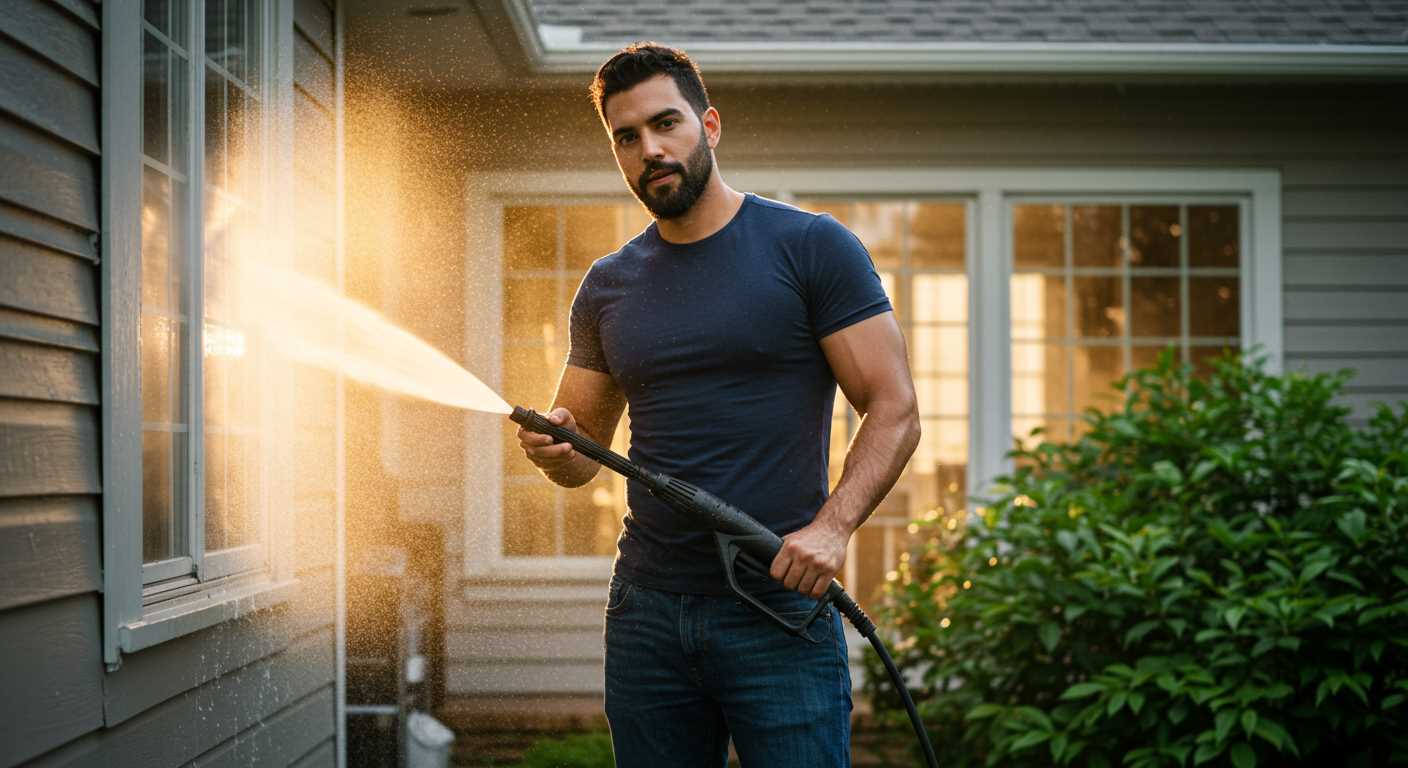
For prolonged operation, estimating the wattage is crucial. An ideal formula involves multiplying the voltage by the amperage drawn by your machine. For instance, if your equipment operates at 120 volts and draws 15 amps, the calculation would be 120V × 15A = 1800 watts. This figure provides a minimum requirement for continuous use.
Considering Duty Cycle
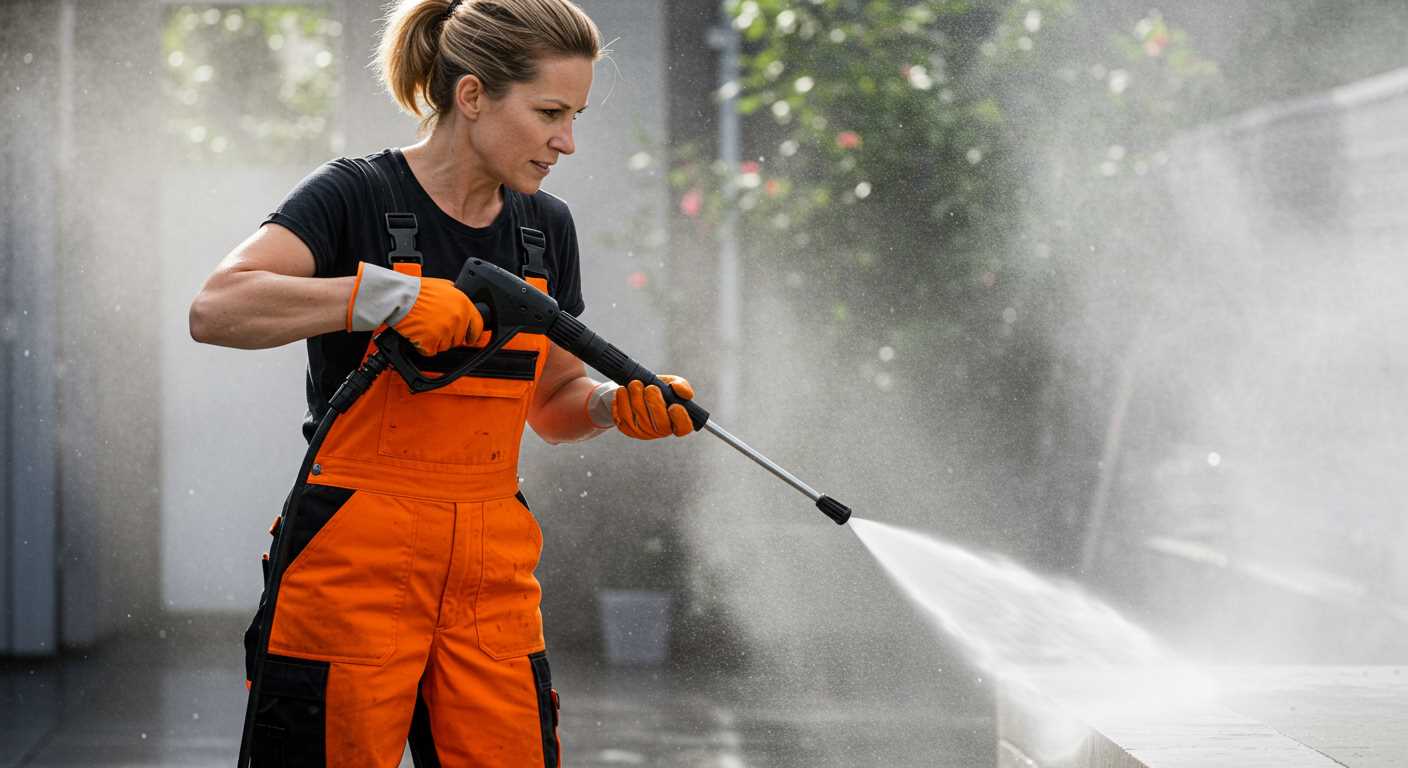
The duty cycle impacts performance; continuous machines typically run at 50% capacity, requiring a boost in wattage over short bursts. For example, if the unit is rated at 1800 watts, consider upgrading to at least a 2400-watt generator to maintain consistent functioning without overheating.
Energy Efficiency Ratings
Look for energy labels that provide insight into energy consumption over time. A pressure cleaning unit with higher efficiency ratings will consume less electricity while delivering similar or better results. This distinction is vital when selecting equipment for extensive tasks, as it directly correlates to operational cost and wear on the device.
Top Brands and Their Power Specifications
After extensive testing and analysis, I can confidently recommend several leading brands and their respective models tailored to different tasks and requirements. Each brand has unique specifications that cater to various cleaning applications.
Karcher
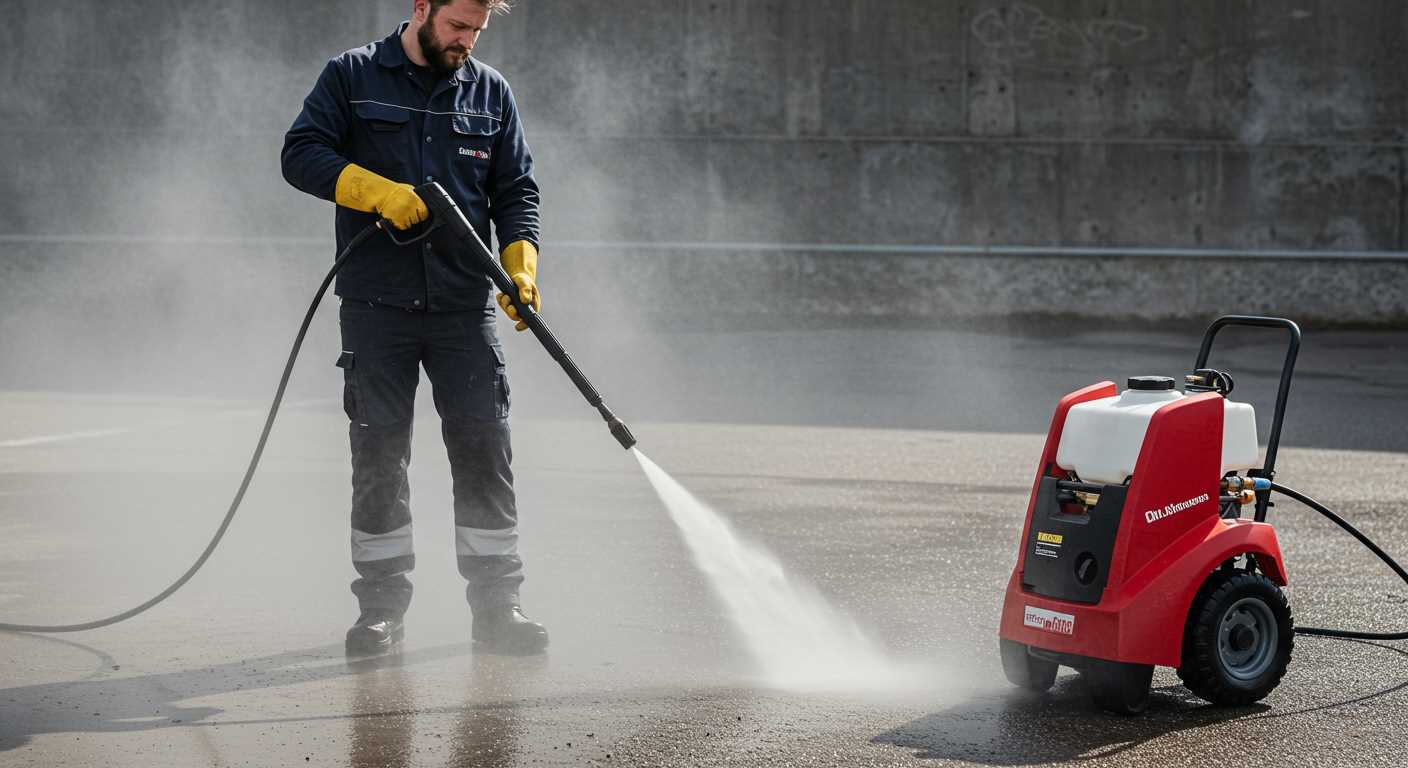
Karcher is a powerhouse in the cleaning industry. For residential use, the K2 Compact offers 1400 PSI and a flow rate of 1.5 GPM, ideal for light cleaning. For heavier tasks, the K5 Premium with 2000 PSI and 1.5 GPM delivers outstanding results on decks and driveways.
Ryobi
Ryobi’s electric range, particularly the RY141612, provides 1600 PSI and a 1.2 GPM flow rate, excellent for vehicle maintenance and patio cleaning. Their petrol-powered RY803001 boasts an impressive 3000 PSI and 2.5 GPM, perfect for stubborn grime on tougher surfaces.
Each brand stands out with its performance metrics, ensuring that you can choose the right tool for your specific cleaning project. Always consider the tasks at hand when selecting a model to ensure optimal functionality and satisfaction.









